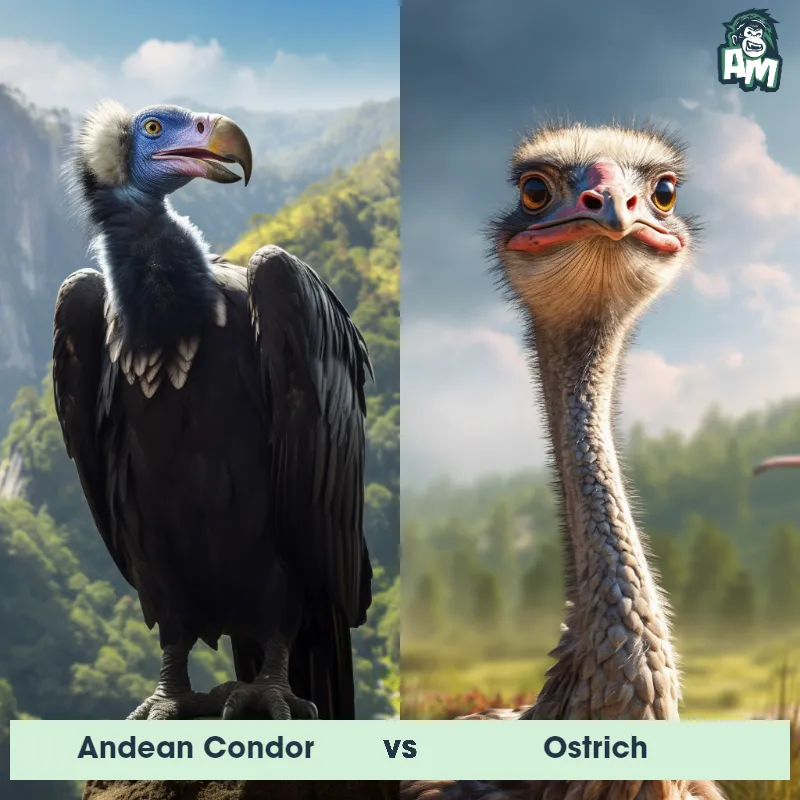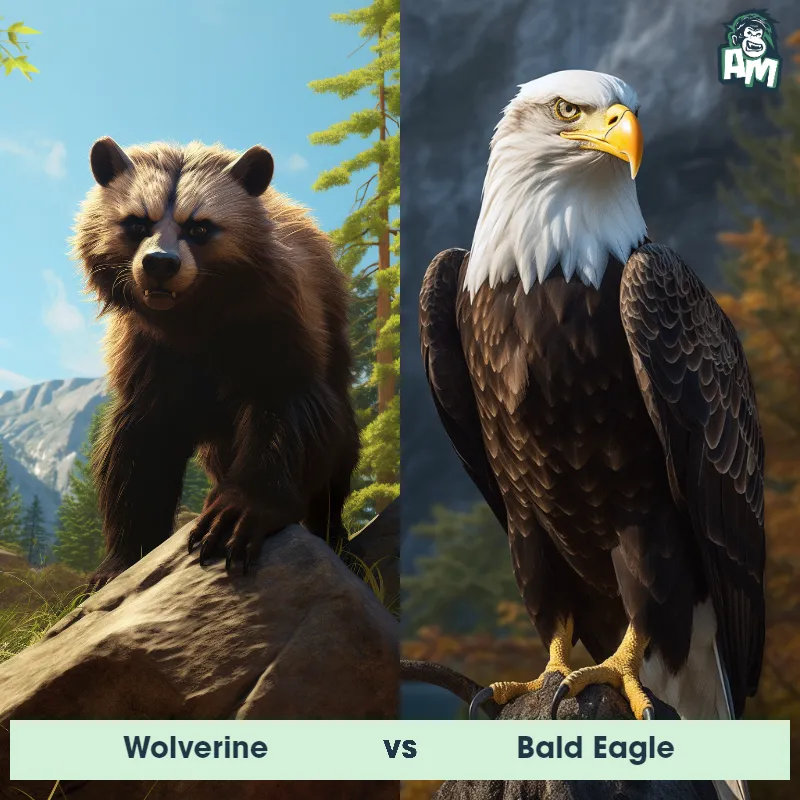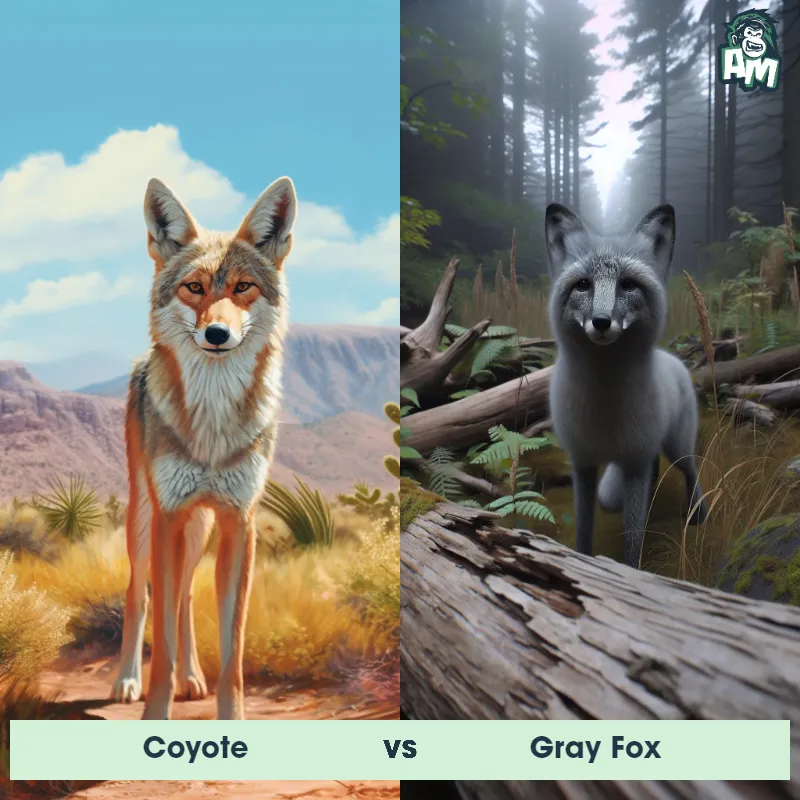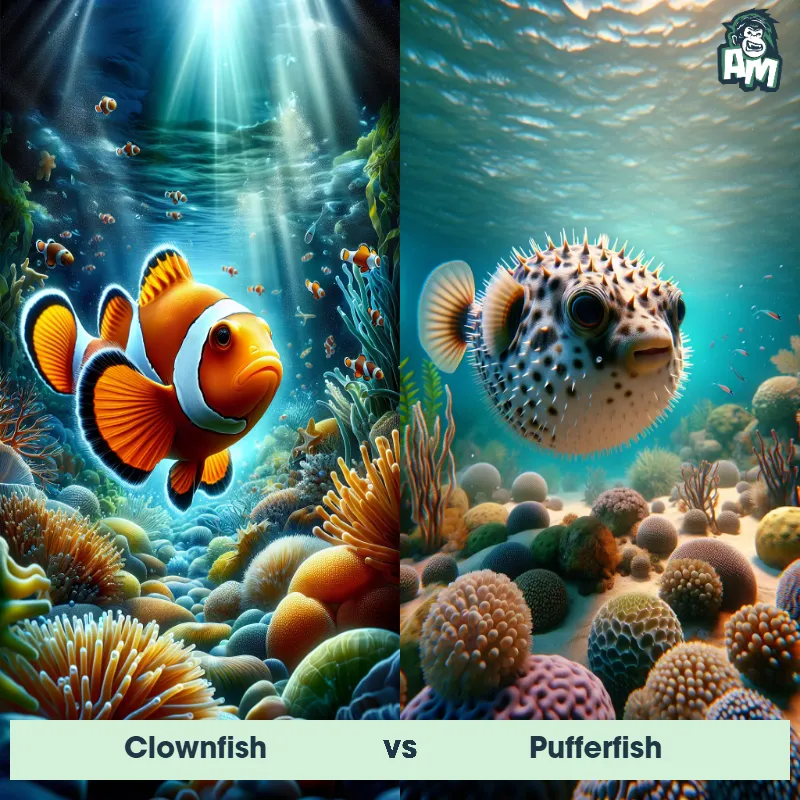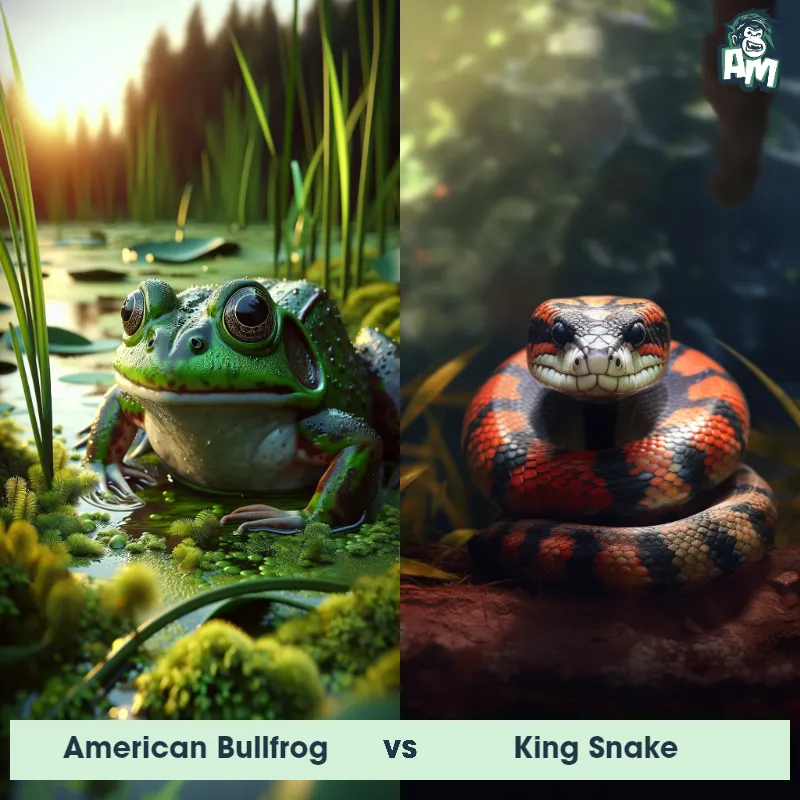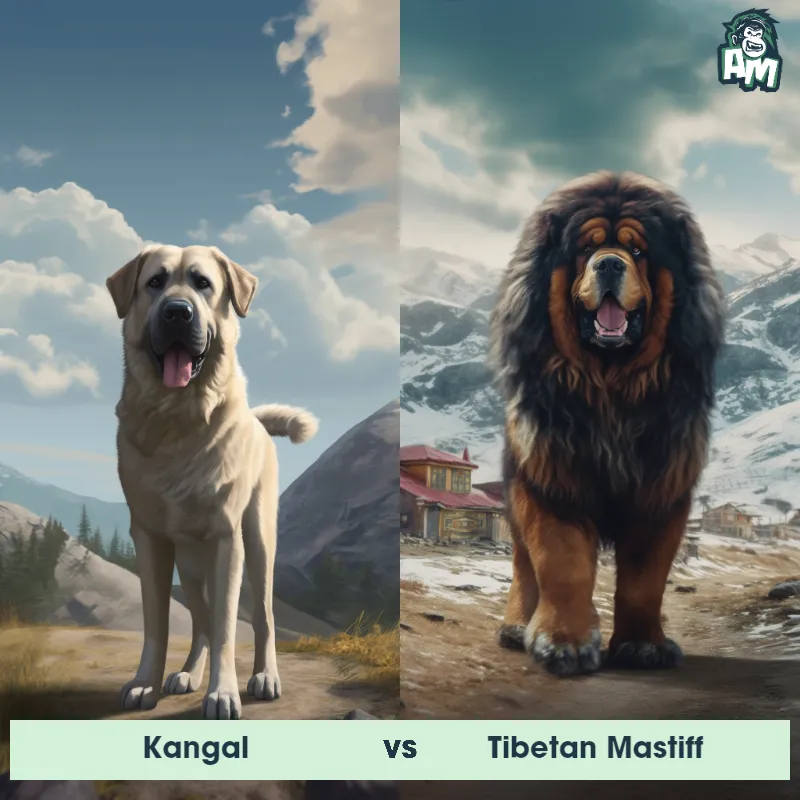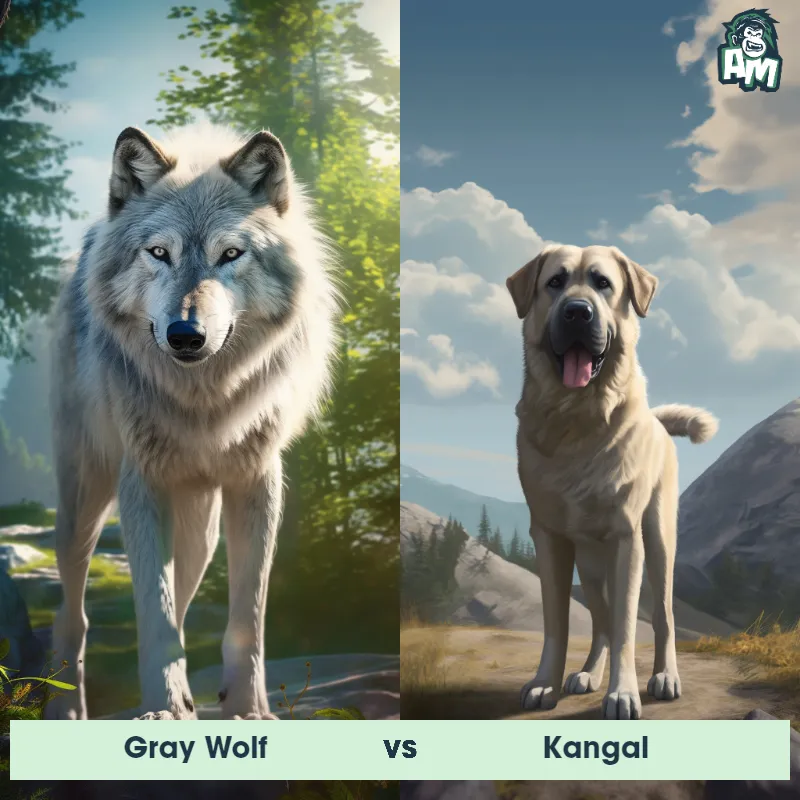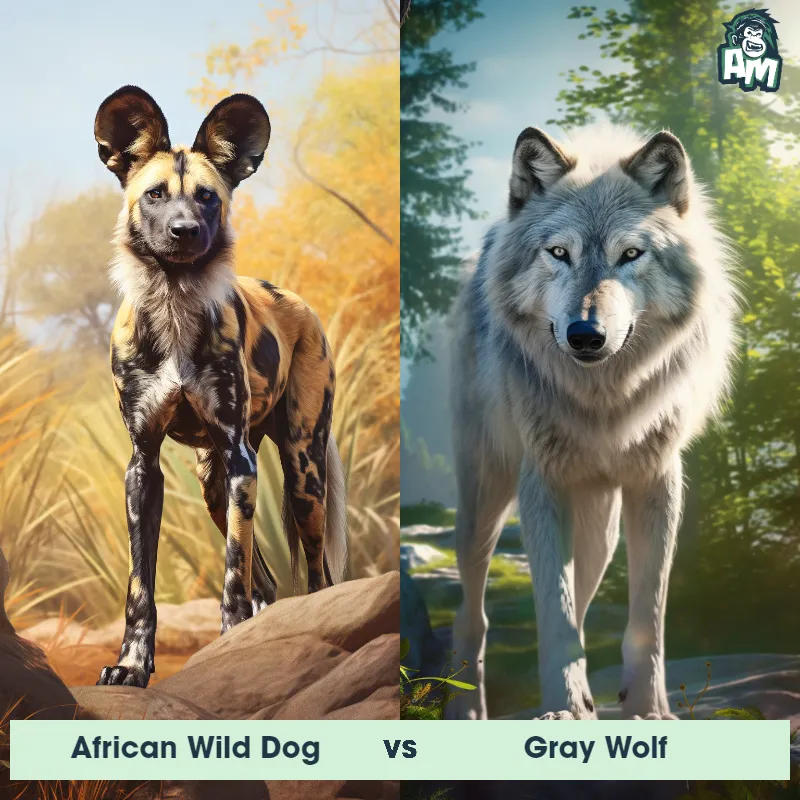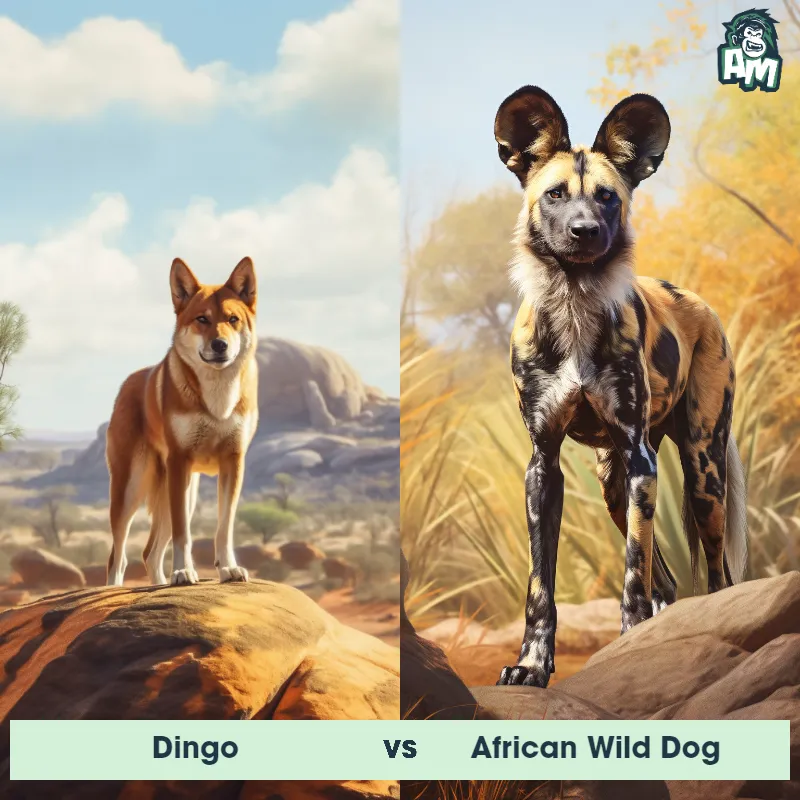Bengal Tiger vs Gray WolfSee Who Wins
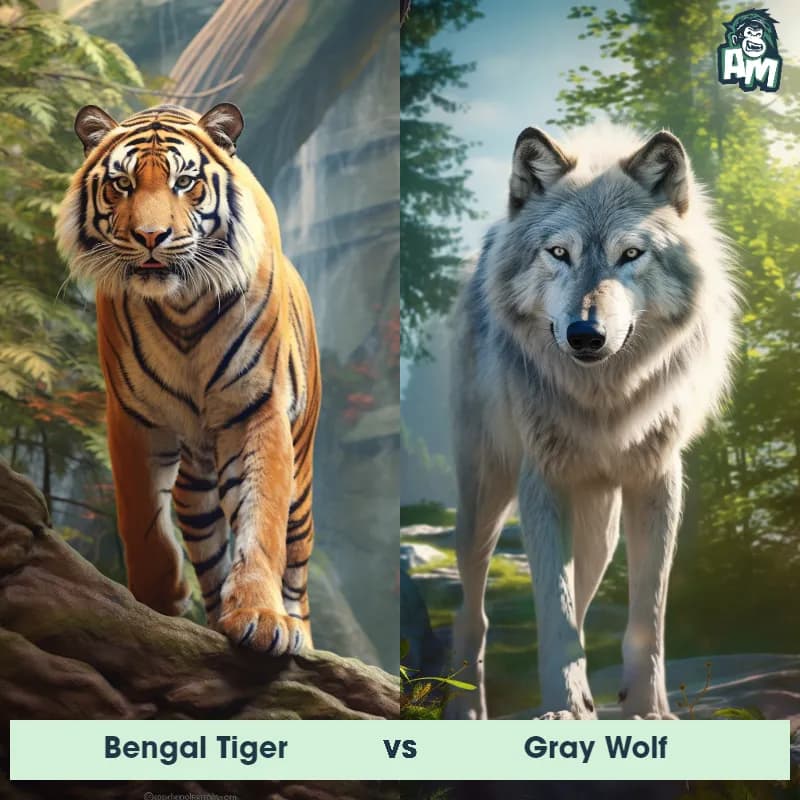
Ladies and gentlemen, boys and girls, welcome to this thrilling matchup happening right here before your very eyes. We have an intense battle brewing tonight between two of nature's most fierce predators, the Bengal Tiger and the Gray Wolf. It's a clash of strength, agility, and cunning. Hold onto your seats, because we're about to witness an epic showdown between these formidable beasts. Let the game begin!
Contender 1: Bengal Tiger
The Bengal Tiger, also known as the Royal Bengal Tiger, is a large and powerful carnivorous mammal native to the Indian subcontinent. They are known for their distinctive orange coat with black stripes, which helps them blend into their forest habitat. Bengal Tigers are apex predators and can weigh up to 500 pounds, with males being larger than females. They are solitary animals and are known for their strength, agility, and stealth.
Fun Fact: Bengal Tigers are excellent swimmers and are known to swim up to three miles at a time to hunt for prey.
Contender 2: Gray Wolf
The Gray Wolf, also known as the timber wolf, is a large canine species found in North America, Eurasia, and parts of Africa. They have a thick, grayish-brown fur coat, a bushy tail, and a strong, muscular build. Gray wolves are highly social animals that live in packs, with a dominant alpha male and female leading the group. They are skilled hunters and can take down prey much larger than themselves, such as elk and bison.
Fun Fact: Gray wolves have a complex communication system that includes howling, growling, and body language, allowing them to communicate with each other over long distances.
Matchup Stats
| Bengal Tiger | Gray Wolf | |
|---|---|---|
| Size | 3-3.5 feet (0.9-1.1 meters) at the shoulder | 2-3 feet (0.6-0.9 meters) at the shoulder |
| Weight | Up to 500 pounds (227 kilograms) | 70-110 pounds (32-50 kilograms) |
| Speed | Speed: 35 mph (56.33 km/hr) | Speed: 40 mph (64.37 km/hr) |
| Key Strength | Powerful jaws and sharp claws | Powerful jaws and sharp teeth |
| Biggest Weakness | Vulnerable to attacks on the neck and back | Vulnerable to attacks on the neck and throat |
Current Votes
Bengal Tiger vs Gray Wolf
See Who Wins
View More Matches
Looking For More?
Similar Matches
Scientific Stats
| Bengal Tiger | Gray Wolf | |
|---|---|---|
| Scientific Name | Panthera tigris tigris | Canis lupus |
| Family | Felidae | Canidae |
| Habitat | Forests, grasslands, and wetlands | Forests, grasslands, tundra, and deserts |
| Geography | Indian subcontinent, including India, Bangladesh, Bhutan, and Nepal | North America, Eurasia, and parts of Africa |
| Diet | Carnivorous, primarily deer and wild boar | Carnivorous, primarily feeding on large ungulates such as elk and bison |
| Lifespan | 10 years - 16 years | 6 years - 13 years |
Key Differences between Bengal Tiger and Gray Wolf
- Facial structure: The Bengal Tiger exhibits a rounder face with prominent whisker pads, whereas the Gray Wolf features a more elongated snout with a strong jawline.
- Size: The Bengal Tiger is significantly larger than the Gray Wolf, with adult tigers weighing in at an average of 440 to 660 pounds, while adult gray wolves typically range between 60 to 120 pounds.
- Coloration: The Bengal Tiger boasts a distinct orange coat with black stripes, rendering it easily identifiable, whereas the Gray Wolf typically exhibits a combination of gray, white, brown, and black fur, often with a mottled or mixed appearance.
- Tail: One noticeable distinction lies in their tails, as the Bengal Tiger has a long, thick tail with a white tip, while the Gray Wolf's tail is bushy and without any particular color pattern.
- Ears: Bengal Tigers have relatively small, rounded ears positioned on the sides of their heads, while Gray Wolves possess larger, pointed ears that stand erect.
- Body shape: In terms of their overall body shape, the Bengal Tiger exhibits a robust and muscular physique with powerful forelimbs, well-suited for capturing prey, whereas the Gray Wolf has a leaner and slightly more elongated body, ideal for endurance running and pack hunting.





